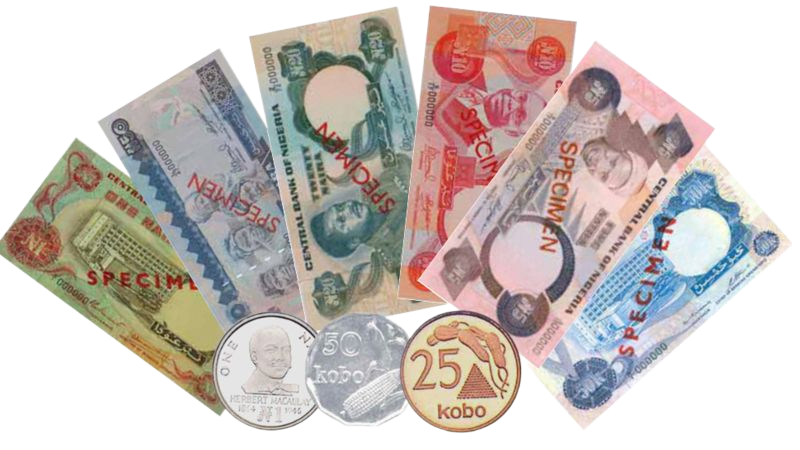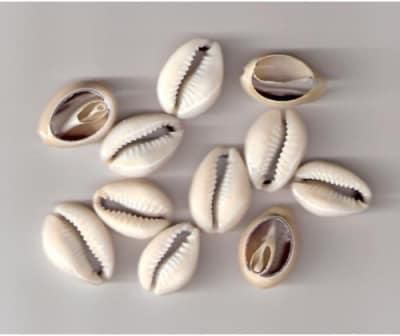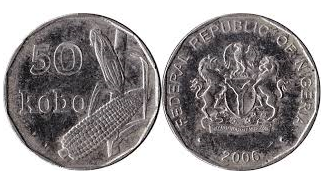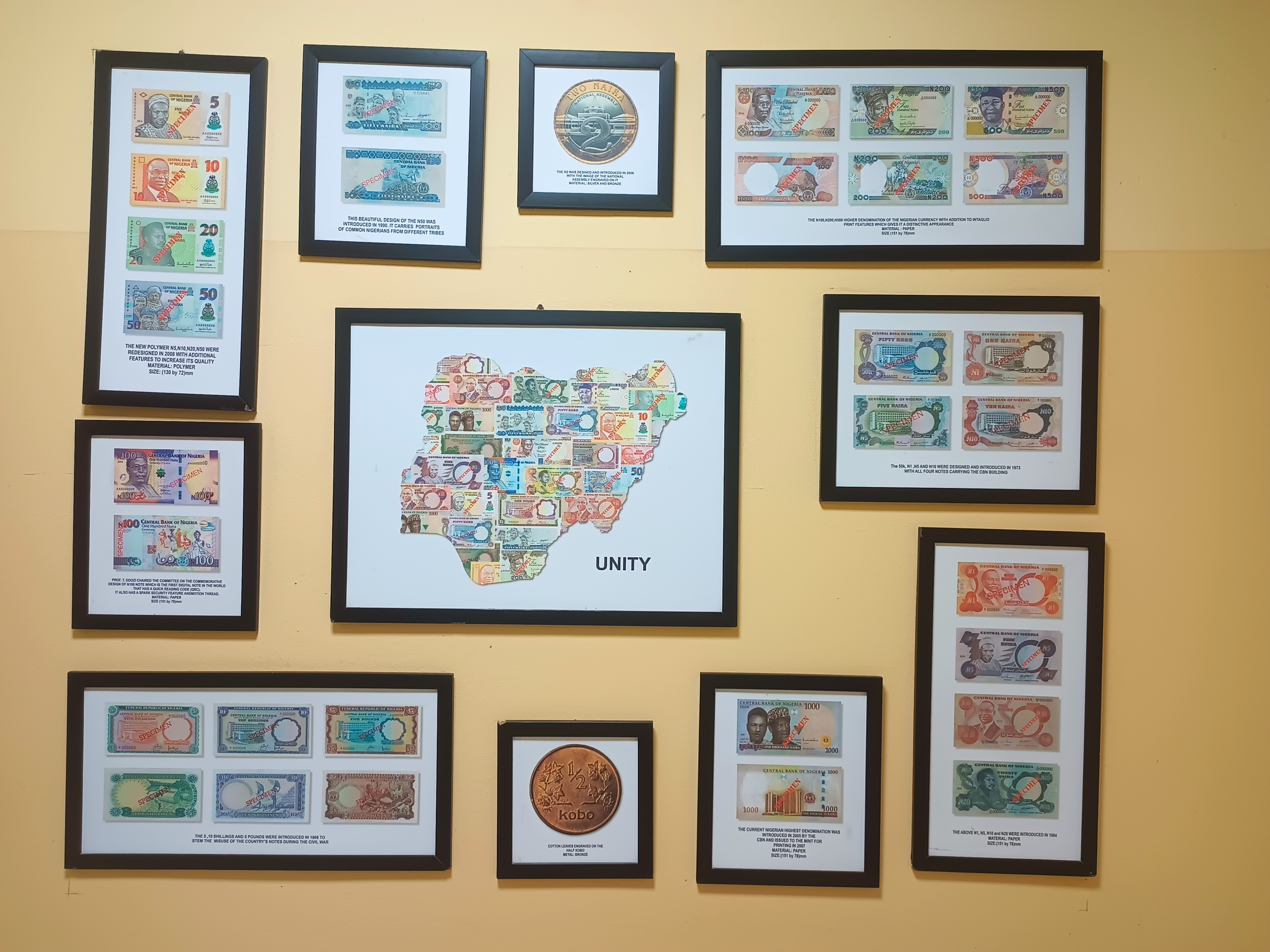Our Privacy Policy
We use cookies to give you a better and more inclusive experience. We only use your information in accordance with
NDPA, ISO and other applicable regulations as explained in ourPrivacy Policy .
The Nigerian Currency
through the years
Our history is a journey of innovation, growth, and transformative milestones that have shaped our identity and purpose.

Currency: Tracing Our Remarkable History
The West African Currency Board held the responsibility of issuing currency notes in Nigeria from 1912 to 1959. Prior to its establishment, Nigeria utilized various forms of money, including cowries and manilas. On July 1st, 1959, a significant transition occurred as the Central Bank of Nigeria introduced the Nigerian currency notes and coins, leading to the withdrawal of the West African Currency Board notes and coins. The year 1962 marked the official withdrawal of legal tender status from the West African Currency Board.
As Nigeria attained Republic status in 1963, the nation's banknotes underwent transformation to reflect its newfound identity. Subsequent changes in 1965 were prompted by the historical shift to a republic. In the year 1968, alterations were implemented in response to the unfortunate misuse of currency notes during the civil war.
The monumental year of 1973 witnessed Nigeria's adoption of a truly national currency system, departing from the pounds and shillings of the imperial system inherited from British colonial administration. This shift ushered in the Naira (N) and kobo (k) denominations, with banknotes released in four denominations: 50 kobo, N1, N5, and N10.
Among these, the 50 kobo coin stands as the smallest coin by denomination, featuring the Nigerian Coat of Arms and the "50 kobo" value. The One Naira coin showcases the Nigerian Coat of Arms on the obverse, while the reverse bears the portrait of Nigerian political leader Herbert Macaulay and his years of life (1864-1946).
The years 1977 and 1991 witnessed the addition of N20 and N50 note denominations, respectively, responding to rapid economic growth brought about by the oil boom. Economic expansion prompted the introduction of higher denomination notes: 100 Naira (1999), 200 Naira (2000), 500 Naira (2001), and 1000 Naira (2005).
Remarkable milestones continued with the issuance of the N20 banknote in 1977, featuring the portrait of the late Head of State, General Murtala Ramat Muhammed. His leadership qualities and contributions to Nigeria's evolution were commemorated through this currency.
The N500 banknote, introduced in April 2001, symbolized another stride in Nigeria's financial landscape. Similarly, the N1000 banknote, launched in October 2005, displayed the faces of prominent figures in Nigeria's financial history. These advancements demonstrated the nation's commitment to economic growth and security.
In 2007, economic reforms prompted a redesign of several banknotes and coins, unveiling new designs while preserving the heritage of Nigeria's currency journey.





